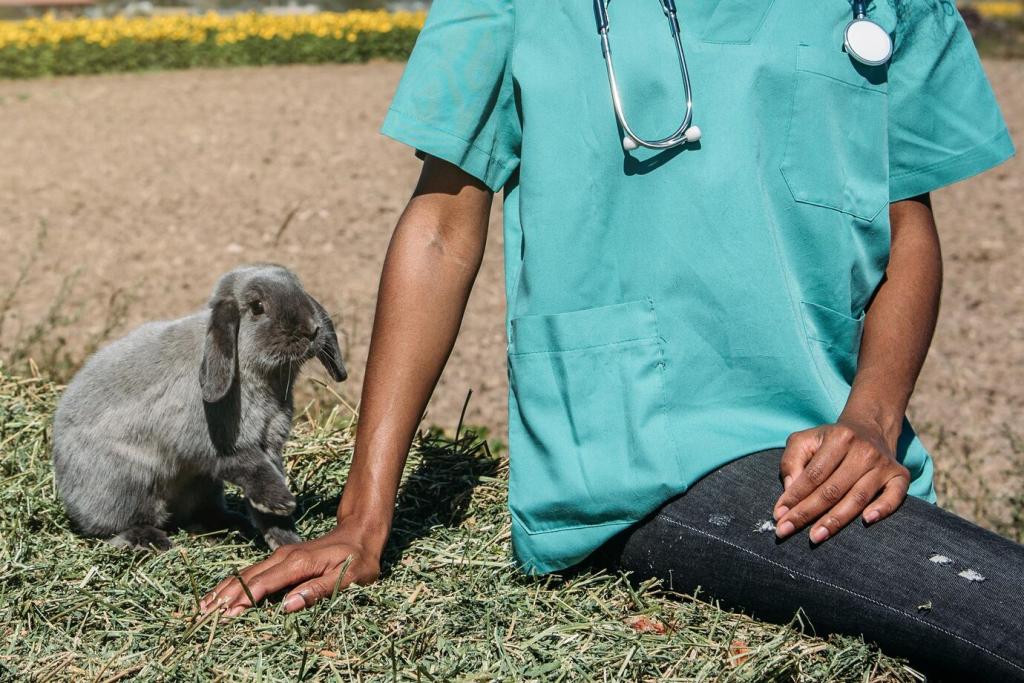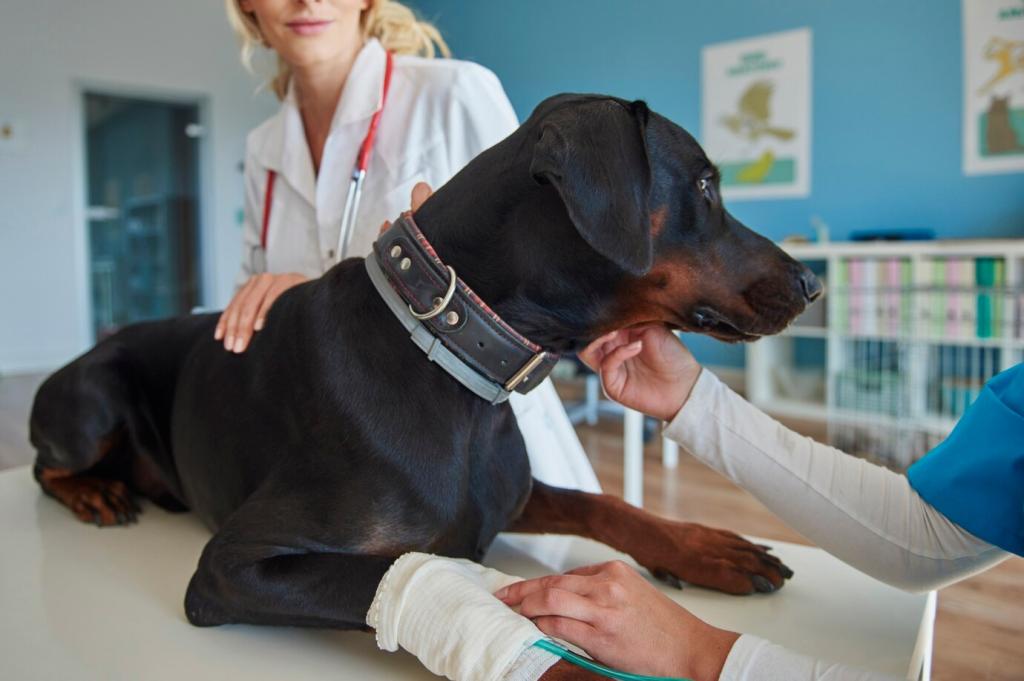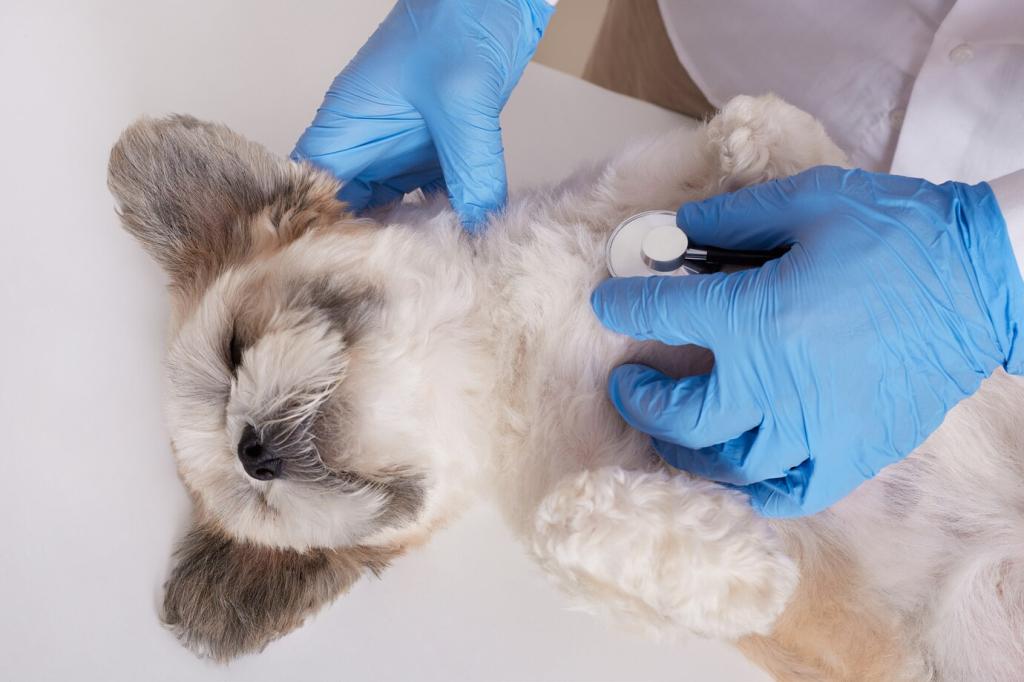
Dealing with Pet Choking: Calm, Clear, and Ready
Theme chosen: Dealing with Pet Choking. When seconds feel endless, simple, practiced steps can keep your best friend breathing. Today’s guide brings calm instructions, real-life insights, and prevention tips you can use immediately. Read, save, and share—then subscribe for more pet safety know-how you hope you never need, but are proud to master.
Spot the Signs of Choking Fast
Watch for frantic pawing at the mouth, wide eyes, drooling, gagging without bringing anything up, noisy or silent breathing, a bluish gum color, and a stiff, panicked posture. These visible and audible clues tell you oxygen is compromised and you must intervene carefully but quickly.
Spot the Signs of Choking Fast
Coughing usually produces sound and rhythmic effort, sometimes followed by swallowing, with brief recovery between bouts. True choking often brings silence or strangled squeaks, escalating distress, and ineffective attempts to clear the airway. Knowing this difference helps you choose action over waiting.
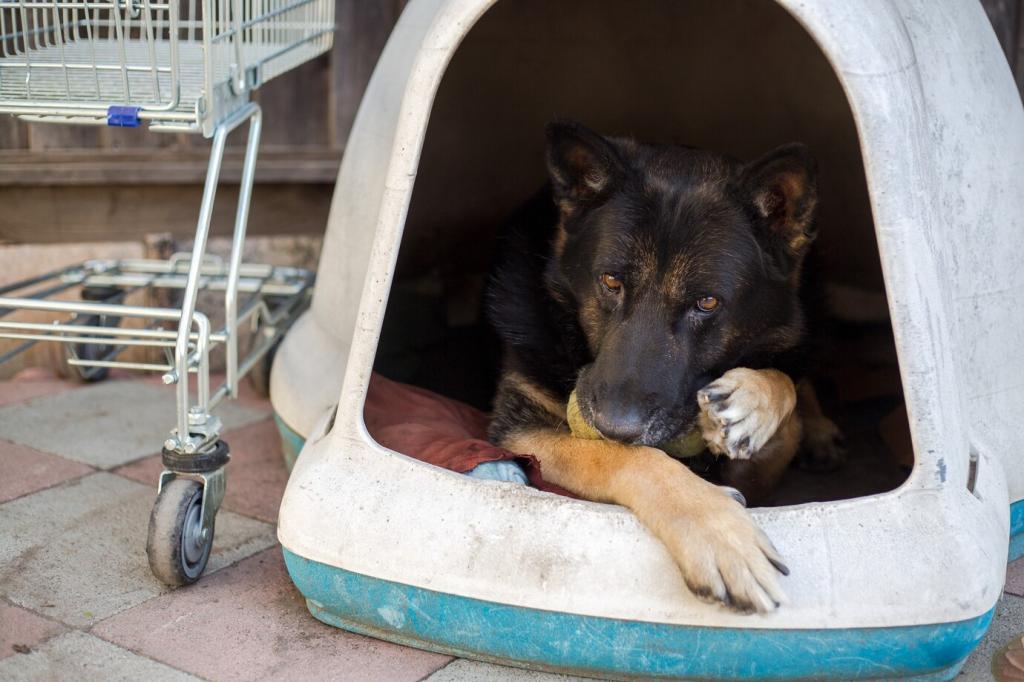
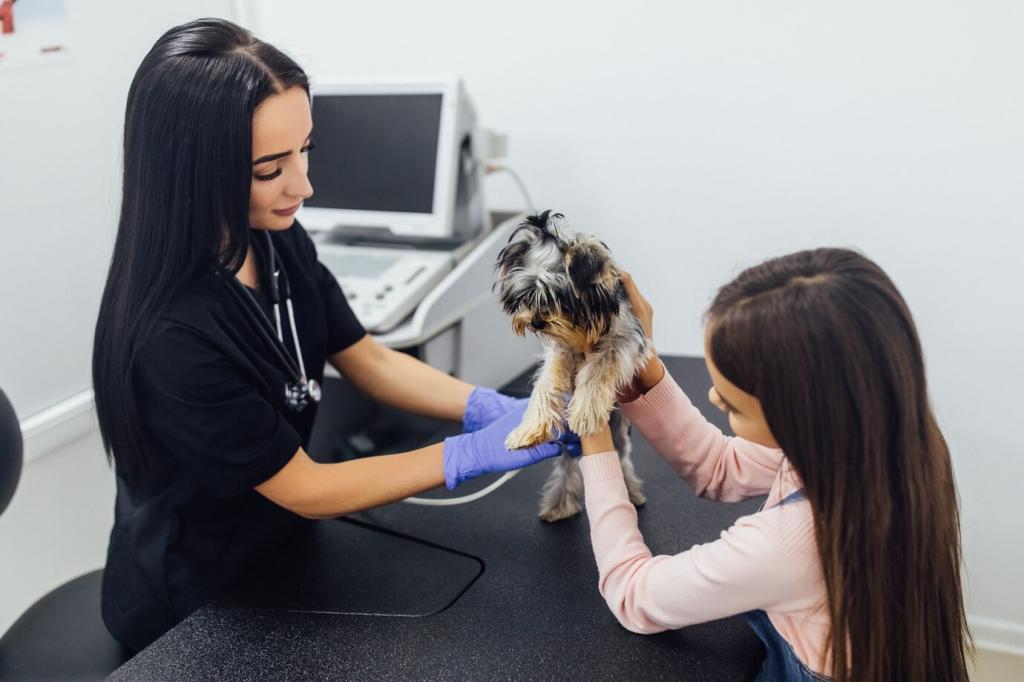
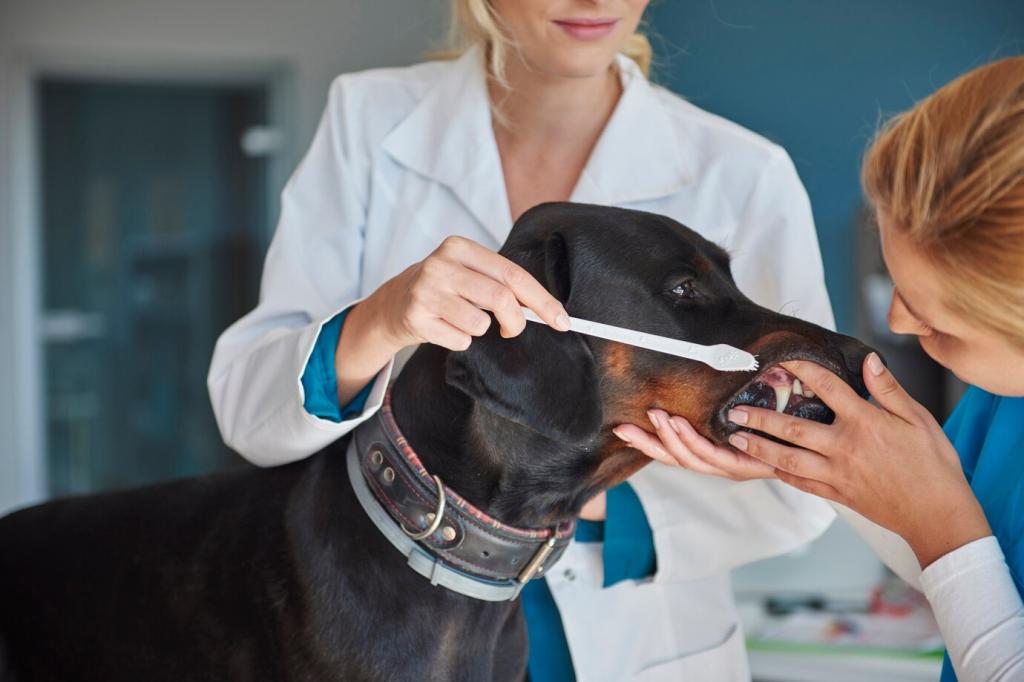
Steady yourself, steady your pet
Take one deep breath, secure your pet on a stable surface, and recruit help if available. Keep your voice low and calm, and avoid forcing the jaw wide. Panic leads to fumbling; calm leads to effective, deliberate steps and a safer outcome for both of you.
Look, sweep, and remove safely
If your pet is conscious and you can see an object, gently open the mouth and perform a careful finger sweep along the side, never blindly jabbing the throat. Use gravity by slightly lowering the head, and remove only what you can clearly grasp without pushing it deeper.
Back blows: when, where, and how
For small pets, deliver controlled back blows between the shoulder blades while supporting the chest, checking the mouth after each series. Avoid excessive force. For larger dogs, position securely, keep the spine aligned, and coordinate back blows with reassessment to see if the object loosens or dislodges.
Heimlich-style Techniques for Dogs and Cats
For small pets: chest thrusts with control
Hold your cat or small dog with the spine aligned. Place hands over the widest part of the chest and give quick, gentle compressions directed inward, then upward. Recheck the mouth after a few thrusts. Use minimal force; small bodies need precision more than power to avoid injury.
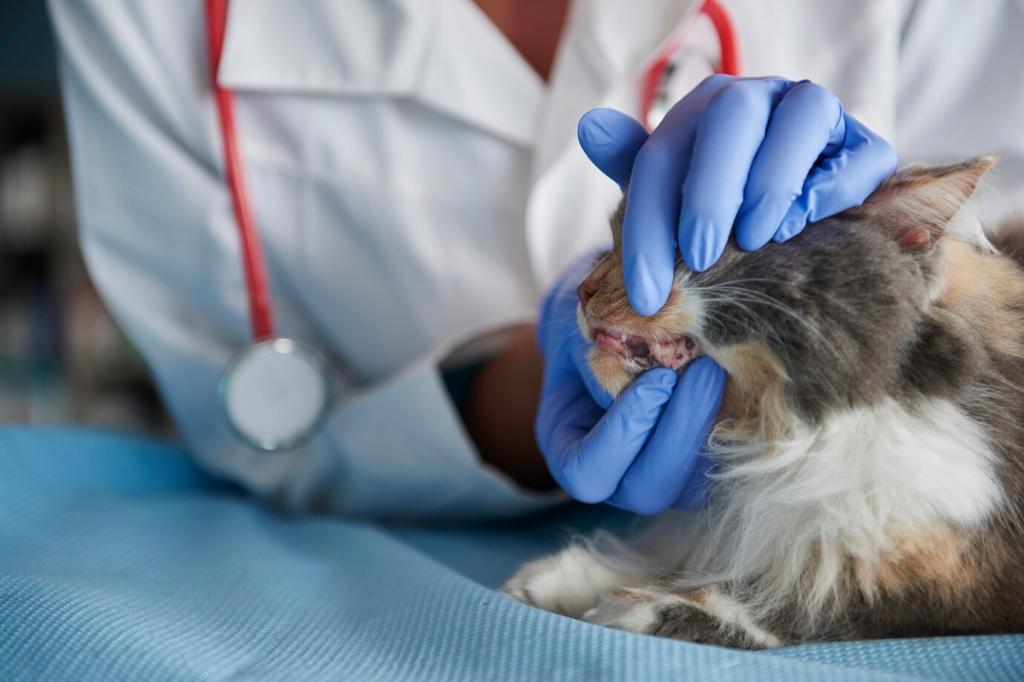
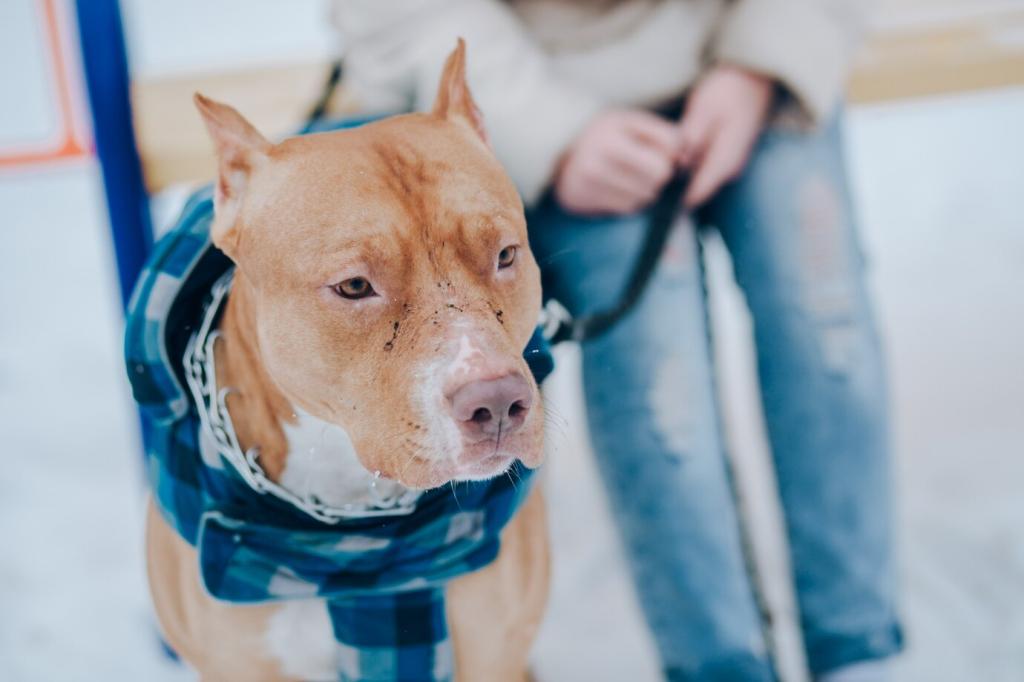
For medium and large dogs: standing and side positions
If standing, wrap your arms under the ribcage, hands just behind the last ribs, and thrust inward and upward. If lying on the side, place one hand on the spine side and the other on the soft area behind the ribs, delivering firm, quick upward thrusts. Reassess frequently.
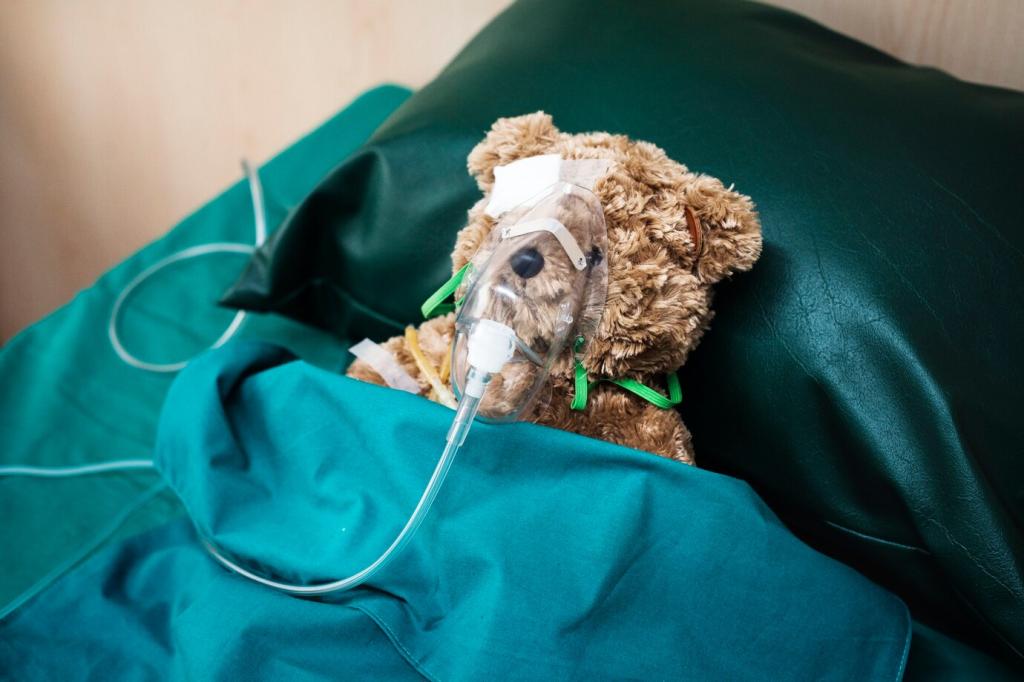
Safer foods, chews, and mealtime habits
Size treats to your pet’s mouth, avoid cooked bones and hard items that can splinter, and supervise high-value chews. For enthusiastic gulpers, use slow-feed bowls or puzzle feeders. Cut tough foods into manageable pieces, and toss cracked or crumbling toys before they become dangerous debris.
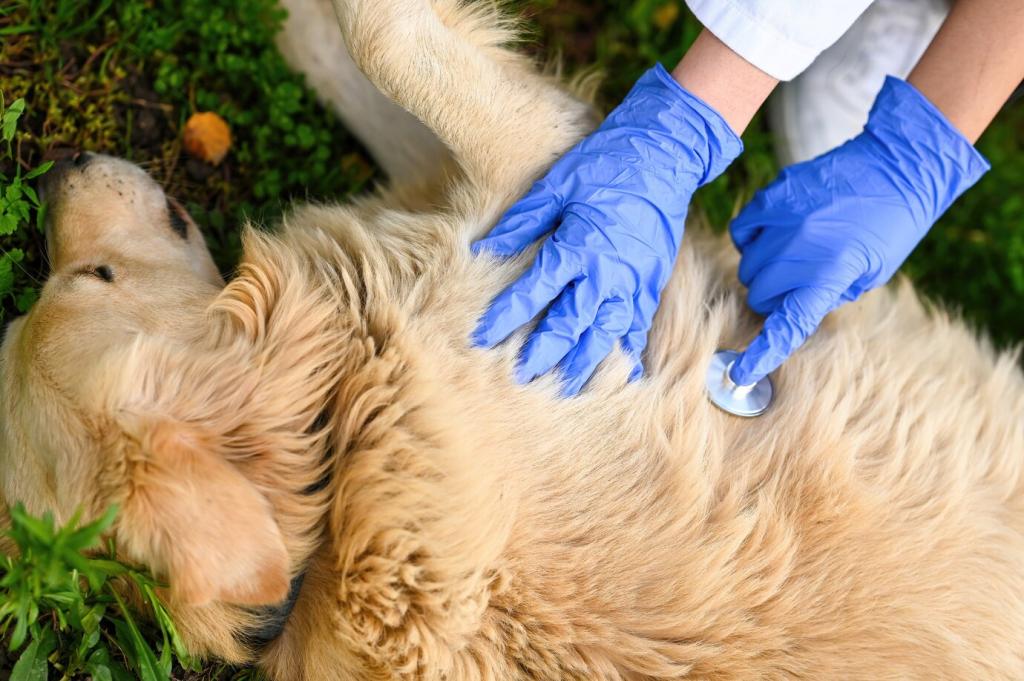
Hazard audit: floors, couches, trash, and toys
Crawl your home at pet-eye level and collect marbles, buttons, rubber bands, and dropped snacks. Secure trash cans with locking lids, store kids’ toys high, and inspect pet toys weekly for wear. Small, round, slick items are notorious choking risks—banish them from play spaces.
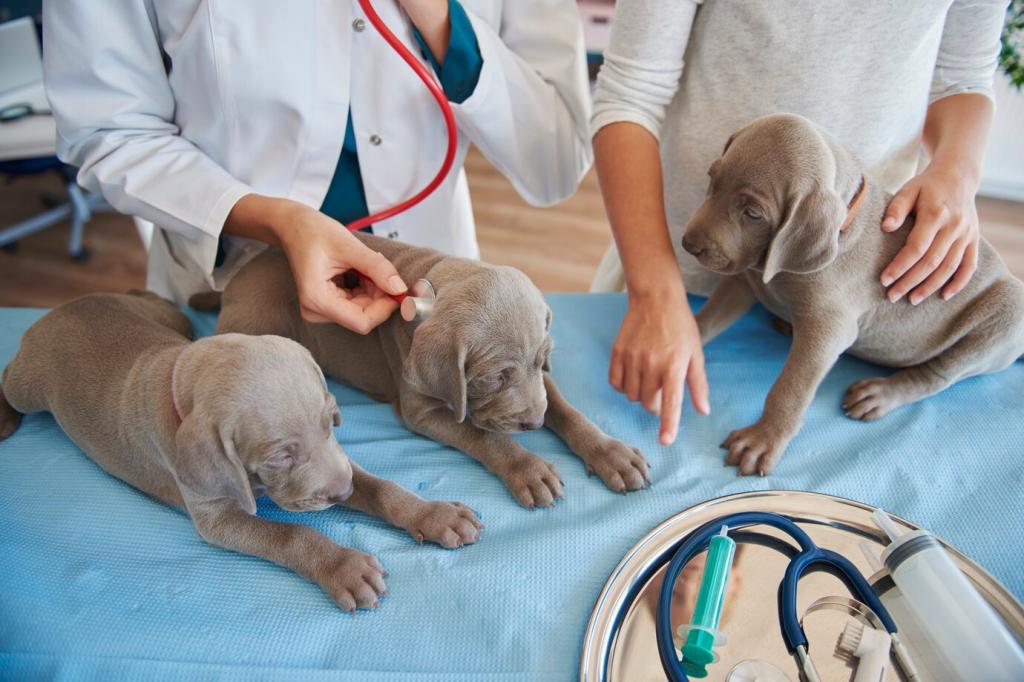
Teach “drop it” and “leave it”
Training turns risky moments into safe ones. Reward your pet for releasing objects on cue and ignoring tempting items on the ground. Short, daily sessions build reliable habits that prevent swallowing. Share your training wins in the comments and inspire others to practice vital safety skills.
Aftercare: When the Crisis Passes
Monitor for coughing, wheezing, gagging, drooling, lethargy, or reluctance to eat. Throat irritation, bruising, or aspiration can appear hours later. Keep activity light, offer soft foods or water in small amounts, and contact your veterinarian if any breathing changes or pain emerge.
Share the timeline, suspected object, techniques used, number of thrusts or back blows, and any loss of consciousness. Mention gum color changes, breathing noise, or collapse. This detail guides exams, imaging, and medications, helping your vet protect the airway and treat inflammation or injury.
Stock a muzzle or gauze for safe handling, a flashlight, long tweezers, sterile lubricant, saline, gloves, and emergency numbers. Keep the kit by the door or in your car. Snap a photo of your setup and post it to encourage others to prepare before emergencies strike.
